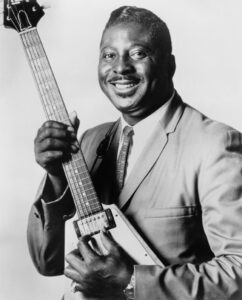 Albert Nelson (April 25, 1923 – December 21, 1992), known by his stage name Albert King, was an American guitarist and singer who is often regarded as one of the greatest and most influential blues guitarists of all time. He is perhaps best known for his popular and influential album Born Under a Bad Sign (1967) and its title track. He, B.B. King, and Freddie King, all unrelated, were known as the “Kings of the Blues”. The left-handed King was known for his “deep, dramatic sound that was widely imitated by both blues and rock guitarists.”
Albert Nelson (April 25, 1923 – December 21, 1992), known by his stage name Albert King, was an American guitarist and singer who is often regarded as one of the greatest and most influential blues guitarists of all time. He is perhaps best known for his popular and influential album Born Under a Bad Sign (1967) and its title track. He, B.B. King, and Freddie King, all unrelated, were known as the “Kings of the Blues”. The left-handed King was known for his “deep, dramatic sound that was widely imitated by both blues and rock guitarists.”
He was once nicknamed “The Velvet Bulldozer” because of his smooth singing and large size–he stood taller than average, with sources reporting 6 ft 4 in (1.93 m) or 6 ft 7 in (2.01 m), and weighed 250 lb (110 kg) – and also because he drove a bulldozer in one of his day jobs early in his career.
King was inducted into the Blues Hall of Fame in 1983. He was posthumously inducted into the Rock and Roll Hall of Fame in 2013. In 2011, he was ranked number 13 on Rolling Stone‘s 100 Greatest Guitarists of All Time.
First Lucy
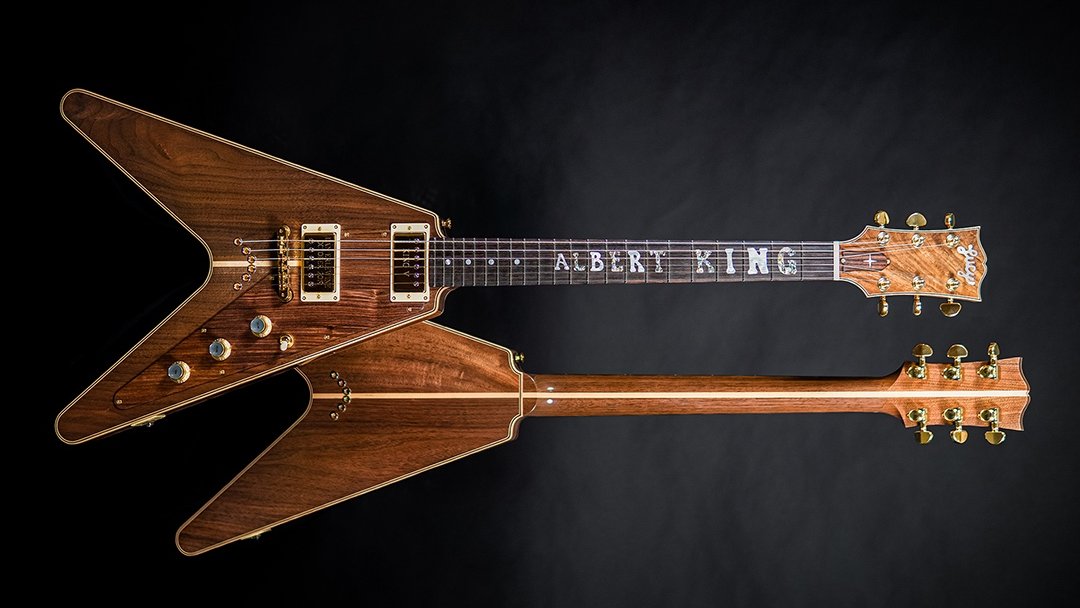
The “original” Lucy, named for Lucille Ball, was a right-handed 1959 Gibson Flying V made of korina, and it is the guitar King used on almost all of the important recordings he made for Stax Records. The guitar was stolen but later recovered. King bought it in his St. Louis days, in the late 1950s, when his career was beginning to take off. He kept the name secret for a while, for some reason, and then revealed it as Lucy; Stax played up the revelation by releasing the single “I Love Lucy”, which became a hit in 1968.
King played a second Flying V, a 1966 model, after his 1959 model was stolen. Reportedly this one was given to him by Gibson; this is the guitar he used to record “Born Under a Bad Sign”. The 1959 V was recovered and it was retired in 1974, to make way for the second Lucy.
Second Lucy
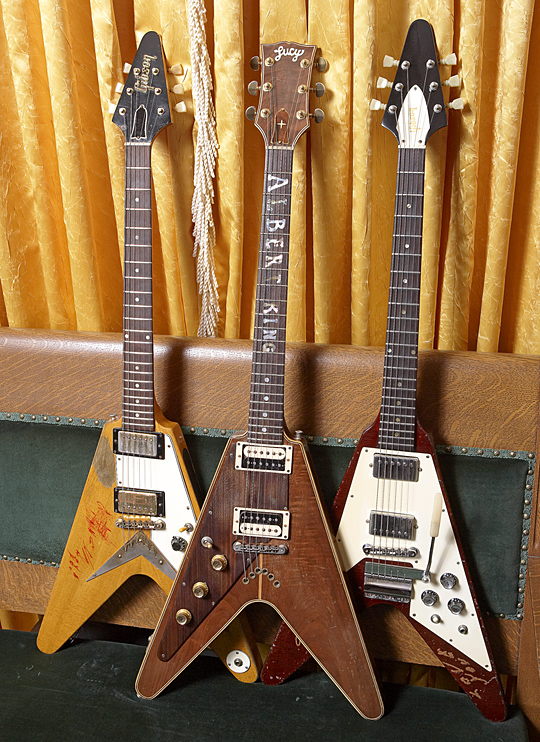
The second Lucy was made by luthier Dan Erlewine, who had seen King when the latter played at the Ann Arbor Blues Festival in Michigan in 1970, and in 1971 had met King at a show in Ann Arbor. He offered to build him a true left-handed V out of a 125-year old piece of black walnut. King agreed and came to Erlewine’s shop the day after, where Erlewine measured his guitar and took notes. King asked for his name to be inlaid on the fretboard, and the name “Lucy” on the peghead. This Lucy was delivered to King in May 1972. The guitar was refretted (by Erlewine’s cousin Mark, in Texas) in the late 1970s or early 1980s, and underwent repairs in Memphis after being underwater for 24 hours due to a tornado in the mid 1980s. Erlewine saw the guitar again in 1989 and did fret work and other minor repairs. Since then Erlewine has made a number of copies, all from the same slab of walnut; Erlewine said in 2009 that he had enough wood to make 20 or so Lucys.
LUCYS AND STEVEN SEAGAL
 In a quiet, wooded canyon blissfully removed from the hustle and bustle of nearby Hollywood and the roar of Pacific Coast Highway, sits the very private retreat and Shangri-La of Steven Seagal, well-known movie actor, martial arts master, and dedicated blues-guitarist/fanatic. There, he recharges his creative and spiritual batteries between projects and career demands, surrounding himself with Asian and Eastern artifacts, in a tranquil setting that reflects his fusion of the Californian and Oriental.
In a quiet, wooded canyon blissfully removed from the hustle and bustle of nearby Hollywood and the roar of Pacific Coast Highway, sits the very private retreat and Shangri-La of Steven Seagal, well-known movie actor, martial arts master, and dedicated blues-guitarist/fanatic. There, he recharges his creative and spiritual batteries between projects and career demands, surrounding himself with Asian and Eastern artifacts, in a tranquil setting that reflects his fusion of the Californian and Oriental.
There he also hosts cognoscenti on the occasional pilgrimage to what has grown into a veritable museum of blues guitar and arguably the finest collection of such instruments in the world. Alongside ornate inlaid Persian furniture, lustrous silk tapestries and serene wall hangings from the Far East are rows of vintage Marshall stacks and cases housing treasures of the Kings. No, not King Nebuchadnezzar nor kings of the Shang and Yin dynasties, these are guitar cases containing iconic instruments of the American blues Kings – Freddie, B.B., and Albert. Such is the eclectic and inclusive mosaic of Seagal’s multicultural world.
Seagal has attained admiration and notoriety among blues devotees for his custodianship of these classic American axes, previously owned by such legends as the Kings, Bo Diddley, Stevie Ray Vaughan, Buddy Guy, Howlin’ Wolf, Muddy Waters, and Jimi Hendrix. Unlike many of his self-absorbed film cohorts, he has put his money where his mouth is, taking the time, resources, and effort to rescue and restore countless gently weeping historic instruments.



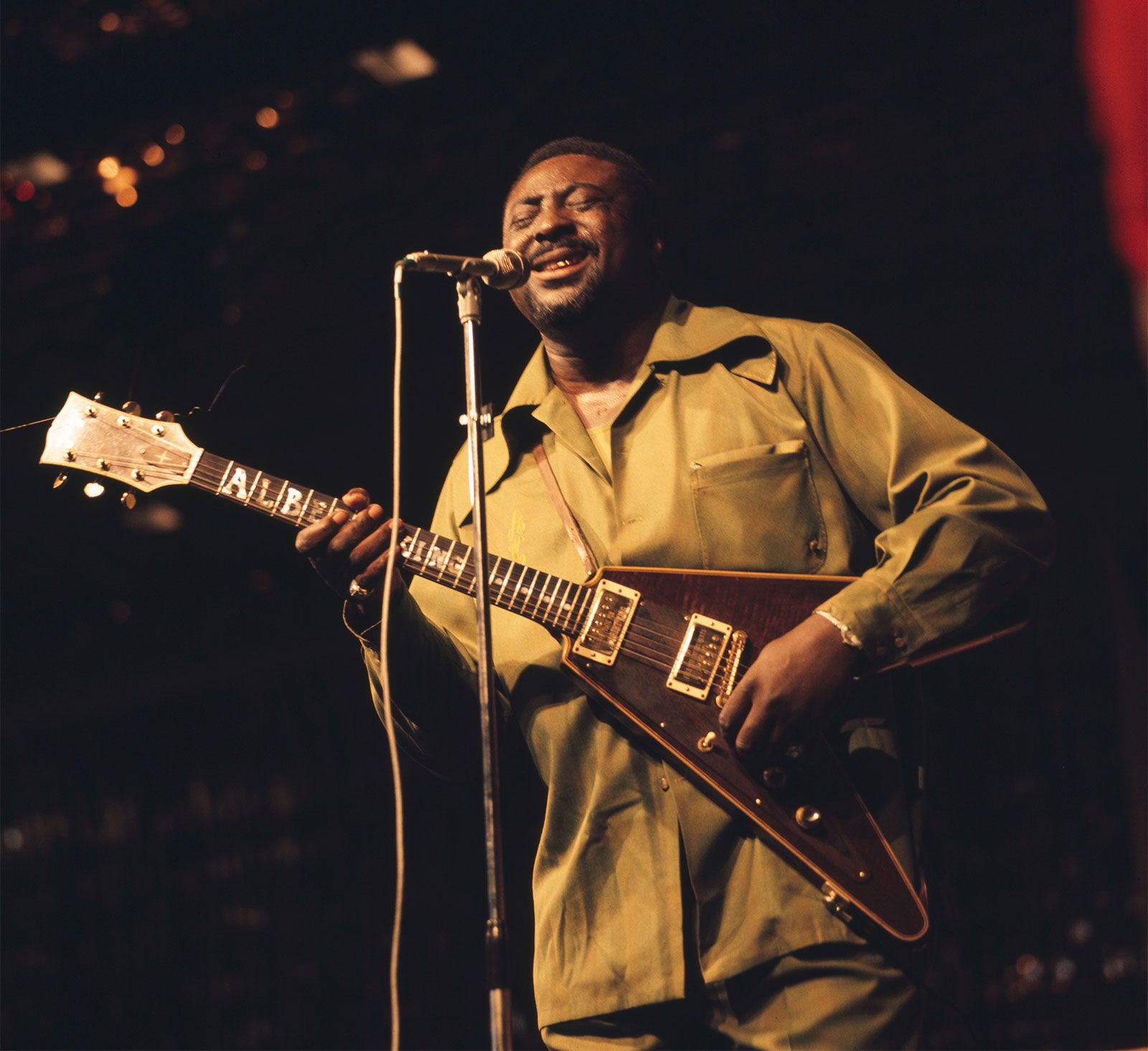

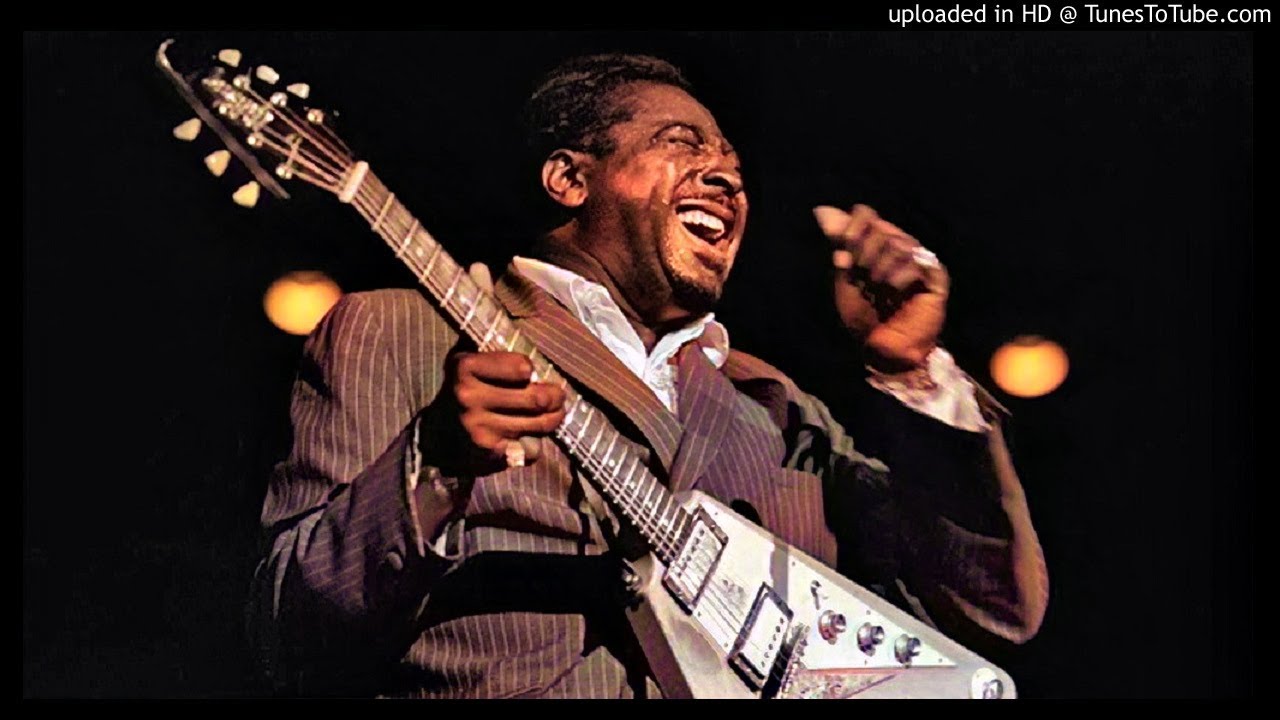
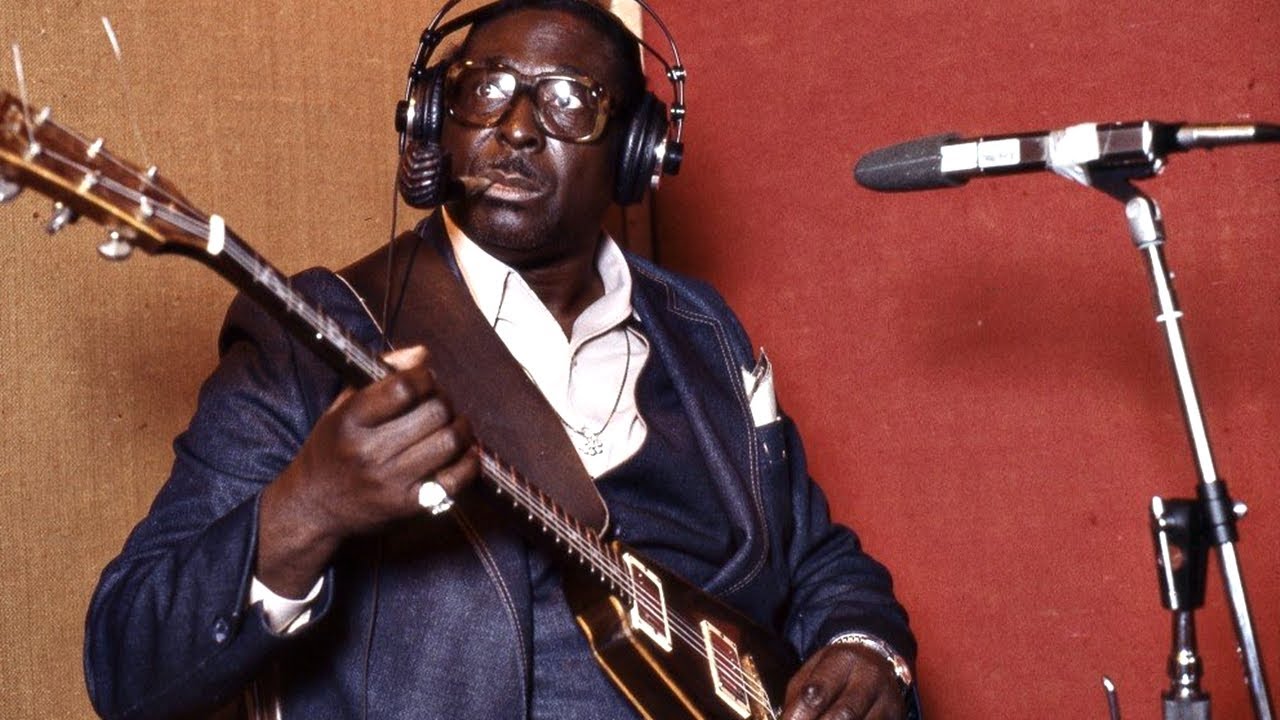
Stay connected